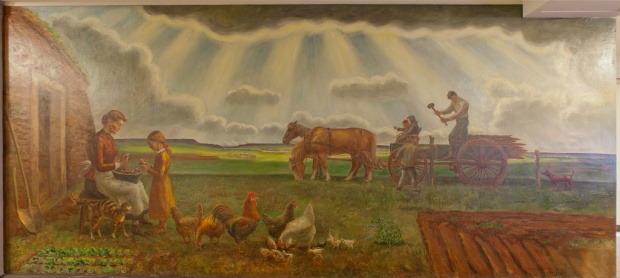
Mural: The Homestead and Building of the Barbed Wire Fence, (1939) by John Steuart Curry at the Department of Interior, Washington, D.C. Photo by Carol M. Highsmith, 2009.
http://www.loc.gov/pictures/item/2013634348/
They used to take the shortest cut
The cattle trails had made;
Get down the hill by the easy slope
To the water and the shade.
But it’s barbed wire fence, and section line,
And kill-horse-travel now;
Scoot you down the canyon bank,—
The old road’s under plough. ⌊1⌋
Rarely has an invention evolved from such a simple idea as—”enclose everything that ought to be enclosed”⌊2⌋ —to taming a continent, transforming war, a psychological disorder, the inspiration of countless poems, and a symbol of survival. Barbed wire fences have dehumanized and empowered people. The rights to barbed wire patents led to landmark decisions by the Supreme Court. The United States has no less than four museums dedicated to barbed wire, collectors buy and sell antique ‘devil’s rope’ on eBay. How did the straightforward, rough-and-ready application of wire with twisted bits of sharper wire attached, a product that does exactly what it is supposed to do: “define space and to establish territorial boundaries,” ⌊3⌋become representative of so many concepts?
France issued three of the earliest patents for barbed wire during Le Deuxième empire français (the Second Empire), a time of political instability and insecurity. The first two (Grassins-Baledans, [45827] 1860) and (Jannin, [67067] 1865) were meant to prevent trespassers or to protect property from thieves. These designs used wire affixed to the top of an existing fence.
Meanwhile in the United States, the first Homestead Act finally passed in 1862. Thousands of people headed west to claim their 160 acres. Competition for water or the best grazing land was fierce. Stock-rearing ranchers grazed their cattle freely on the ‘open range’ in a place without “any prominent features of topography,”⌊4⌋ ranchers and farmers in the Great Plains lacked local materials to make fences like timber or rocks as in New England.
English common law required cattle owners to “fence in” their animals or be held responsible for trespass. But in North America, this law was disaffirmed and courts and legislatures required that land owners “’fence out’ neighboring animals as a condition precedent to a damage claim for injury caused by a trespassing animal.”⌊5⌋ Nebraskan poet Edwin Ford Piper:
When longhorns overran the settler’s land
The herd law would not grant him damages
Unless his crop was fenced. Hail to barbed wire!⌊6⌋

Photographer Solomon Butcher, 1888. Broken Bow, Custer County, Nebraska. Nebraska State Historical Society.
http://memory.loc.gov/cgi-bin/query/h?ammem/psbib:@field(DOCID+@lit(p10755))
In 1867, Gilbert Gavillard [775702] patented “a fence composed of artificial thorns caught between three strands of intertwined wire.” ⌊7⌋At almost the same time, William Hunt in New York received a patent for a “barbed wire fence with spur-wheels.” ⌊8⌋Hunt’s patent is also the first use of the word barb in the description. Lucien Smith of Ohio received one for a “wire fence with interlocking hubs…especially adapted to use in the prairies of the western states where timber is scarce and fires…destroy everything that is combustible.” ⌊9⌋This is the first designation that barbed wire was a solution to a western problem. So there were three inventors, working on the same concept in different places at the same time.
Then in 1868, Michael Kelly of New York received a patent for a “wire fence…with wires impart[ed] with the character of a thorn.” Kelly followed up with an additional design, a “fence…with thorns…thrust through the wires.” Kelly sold his rights of manufacture to the Thorn Wire Hedge Company who sold some of their rights to the Washburn & Moen Manufacturing Company, a maker of piano and telegraph wire.
DeKalb, Illinois County Fair 1873: A farmer, a hardware dealer, and a lumber merchant saw an exhibit of “a strip of wood about sixteen feet long and one inch square studded with short metal points.” Patented by Henry Rose of Waterman Station, Illinois a few months earlier, the three locals, Joseph Glidden, Isaac Ellwood, and Jacob Haish, realized that the studs could be applied to the wire itself far more effectively. Haish filed for three barbed wire patents between December 1873 and June 1874. Ellwood filed his patent in January 1874, and Glidden filed his in October 1873.⌊10⌋ In all, seven patents were filed within a few months of the fair with most of the applicants from Illinois or nearby Iowa. Inventors continued to submit and receive patents through 1996—nearly 600 in the U.S. alone; the greatest number of patents filed in a single year was 49 in 1882. Litigation began almost as soon as Glidden received his patent and lasted until the U.S. Supreme Court ruled in his favor in 1892. Because Glidden had manufactured 173,000 tons as opposed to Washburn/Kelly’s 3,000 tons in 1887, the Supreme Court ruled that Glidden deserved the patent as his had achieved the greatest “commercial success,”⌊11⌋ a new legal standard. In 1891, Congress passed the Everts Act, creating the federal appeals courts in an attempt to keep patent cases out of the Supreme Court.⌊12⌋
The use of barbed wire alienated Native Americans from each other, split families up, denied access to traditional nomadic routes and hunting grounds. Barbed wire surrounded the reservations that the federal government moved the Indians to. It held them in and out.
The battles for resources like water and grazing land led to numerous range wars where ranchers would send out wire cutting parties so their cattle could roam free. Piper’s narrator decides to leave the Platte, telling his horse: We’ll make our home in the sagebrush hills Till the devil puts a fence on that.⌊13⌋
Barbed wire is a “technology” “of violence” that “protect[s] the space [it] enclose[s]” and “protect[s] itself as well.”⌊14⌋ As it is made from iron, barbed wire is “more resistant to natural forces.” While it was created to prevent the movement of animals, it did not take long before barbed wire was applied to inhibit the movement of people beyond the open range. While there was some use of barbed wire as an entanglement during the Spanish-American War (1898), it was the British during the Second Boer War (1899-1902) who first used barbed wire to corral human beings. General (later Lord) Kitchener coined the term concentration camp when he devised his scheme of separating Boer guerrillas from their home bases. The British were fighting for diamonds, which were in Boer-held South Africa, while the Boers were fighting to hold onto their farms. Kitchener’s forces built a grid system of barbed wire enclosed camps along the railroads and forced Boer women and children to live within them. Over 100,000 Boer women, children and elderly men were held in the camps, some 30,000 died from diseases in the close quarters.⌊15⌋ Survivors probably would not have disagreed with Piper:
“They say that heaven is a free range land,—
Good-bye. Good-bye, O fare you well,—
But it’s barbed wire for the devil’s hat band,
And barbed wire blankets down in hell.”⌊16⌋
Notes
1 Edwin Ford Piper, “Have You An Eye,” in Barbed Wire, and Other Poems (Chicago: The Midland Press, 1917), 55-56.
2 Léonce Eugène Grassin-Baledans, French patent Nº45827 inAlan Krell, The Devil’s Rope: A Cultural History of Barbed Wire (London: Reaktion Books, 2002), 15.
3 Olivier Razac, Barbed Wire: A Political History, trans. Jonathan Kneight (New York: The New Press, 2002), x.
4 Reviel Netz, Barbed Wire: An Ecology of Modernity (Middleton, CT: Wesleyan University Press, 2004), 2.
5 Kevin R. Casey, “The Barbed Wire Invention: An External Factor Affecting American Legal Development”, in “The Bicentennial Issue,” Journal of the Patent and Trademark Office Society 72:5 (May 1990): 433 www.stradley.com/articles.php?action=view&id=42.
6 Edwin Ford Piper, “Barbed Wire,” in Barbed Wire, and Other Poems Chicago: The Midland Press, 1917), 13-14.
7 Alan Krell, The Devil’s Rope: A Cultural History of Barbed Wire (London: Reaktion Books, 2002), 13.
8 Krell, 21.
9 Krell, 22.
10 Krell, 24.
11 Casey, 423 .
12 Casey, 439.
13 Piper, “Barbed Wire.”
14 Netz, 28.
15 Netz, 137-139.
16 Piper, “Barbed Wire”.
Sources
Casey, Kevin R. “The Barbed Wire Invention: An External Factor Affecting American Legal Development.” In “The Bicentennial Issue.” Special issue, Journal of the Patent and Trademark Office Society 72:5 (May 1990): 412-31. www.stradley.com/articles.php?action=view&id=42.
Google Patents.
Krell, Alan. The Devil’s Rope: A Cultural History of Barbed Wire. London: Reaktion Books, 2002.
Netz, Reviel. Barbed Wire: An Ecology of Modernity. Middleton, CT: Wesleyan University Press, 2004.
Piper, Edwin Ford. “Barbed Wire” and “Have You An Eye.” In Barbed Wire, and Other Poems, 13-14, 55-56. Chicago: The Midland Press, 1917. Courtesy of Bailey Library, Denver Museum of Nature and Science.
Razac, Olivier. Barbed Wire: A Political History. Trans. Jonathan Kneight. New York: The New Press, 2002.
Wikipedia contributors, “Barbed wire,” Wikipedia, The Free Encyclopedia, http://en.wikipedia.org/w/index.php?title=Barbed_wire&oldid=598468676 (accessed March 9, 2014).
Wikipedia contributors, “Second French Empire,” Wikipedia, The Free Encyclopedia, http://en.wikipedia.org/w/index.php?title=Second_French_Empire&oldid=593116588 (accessed March 16, 2014).
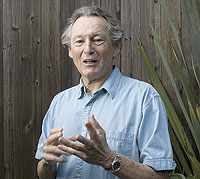
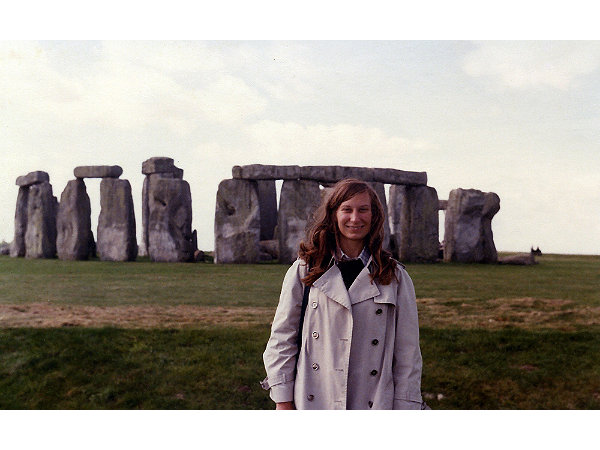

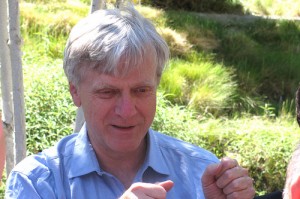







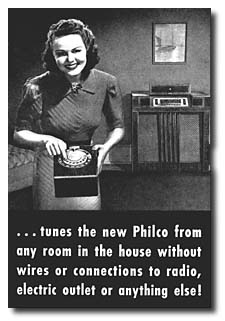





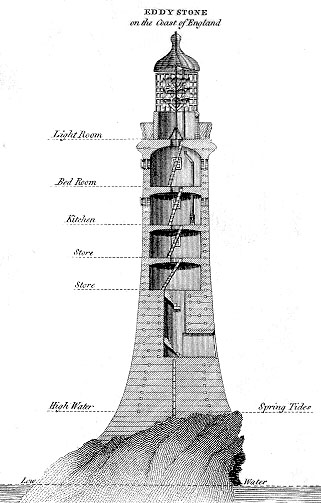
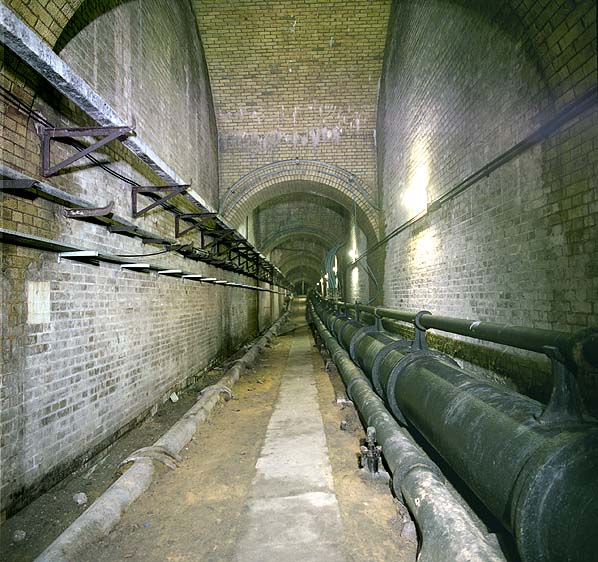
![Gatun Lock - End of the Day [1912] Joseph Pennell, (1857-1926). Image source: http://www.loc.gov/pictures/item/00649767/.](https://janetm88.files.wordpress.com/2014/02/gatun-lock-1916.jpg?w=620)